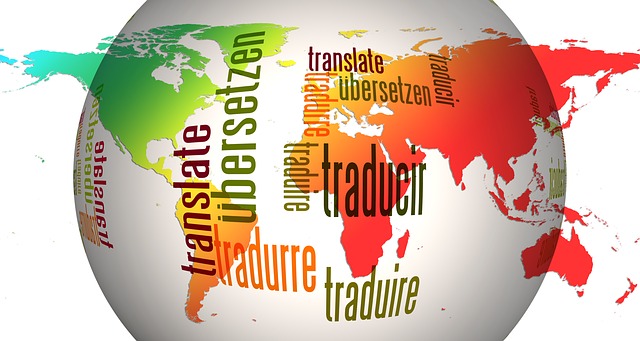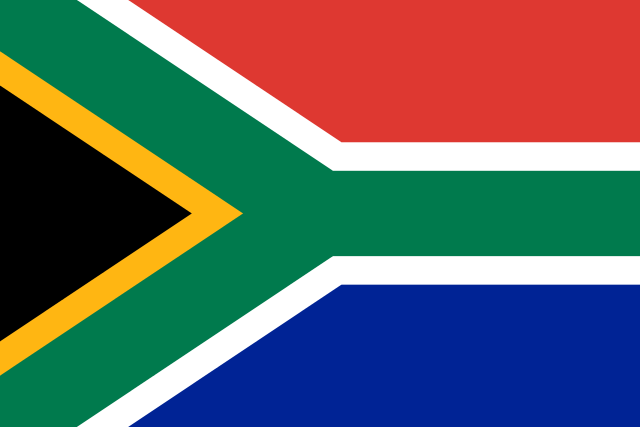When it comes to the languages of my two home countries, both represent different versions of what a rainbow nation might be. Both nations’ populations and dialects continually shift due to scores of immigration and population shifts within its borders over the years. In the course of its evolution, South Africa currently includes 11 languages in its constitution, granting each equal rights. Conversely, the United States took an alternative approach to having several languages. Even though the majority of Americans, and the world, regard the U.S. as an English speaking nation, it currently does not recognize any official languages.
For South Africans, being bilingual is almost as common as having a single language in a homogenized country. According to 2011 census results, while English is often the prime language of business, government and media, South Africans are more likely to speak Zulu. With 22.7 percent, or about 11.5 million South African speakers, the language trumps the country’s second-largest language, Xhosa, by roughly 6.5 percent. While English is often the nation’s go-to language, it is the fourth most-spoken language in the nation (9.6 percent), behind Afrikaans (13.5 percent).
In South Africa, it is not uncommon to find government and other buildings written in two or three languages. With a large amount of language immersion in the country, it only makes sense to appeal to as many speakers possible. In America, this has happened as well with Spanish, especially in states along the southern border. Much like America and its vast array of people, the primary language you hear in South Africa will vary on where you find yourself in the country.
In 2010, U.S. Secretary of Education Arne Duncan indicated America’s shortcomings when it came to language studies–noting that only 18 percent of Americans claimed to speak a second language. That fell in line with reports the year prior that noted 20 percent of Americans speak a language other than English at home, an indicator often used to gauge bilingual levels.
While school curriculums now focus more intensively on foreign language studies, the country has some ways to progress. Currently, two languages dominate the American landscape: English and Spanish. While that shouldn’t come as a surprise, what’s interesting is the third most popular languages spoken in each state. When English and Spanish are removed from the findings, we notice a clearer breakdown of the country’s years of immigration. Across middle America, German remains an ever-present language, even almost 200 years since the language began to appear in the country. Additionally, French and Native American influences remain in parts of the country. Other languages like French Creole, Polish, Chinese, Russian, Arabic and Korean also appear on the list. However, Tagalog stood out in states like California, Hawaii and Nevada–most likely due to the country’s Filipino population. Like South Africa, depending on where you are in America, the language breakdown will alter significantly.
Evident in both countries, the people of these nations like to intermingle their dialects. In America you might hear a form of “Spanglish,” while the majority of South African languages will have Afrikaan or English peppered in to some degree. Though each nation has varying ways and languages to handle its diverse groups of speakers, they both represent rainbow nations that other countries couldn’t compare with.








